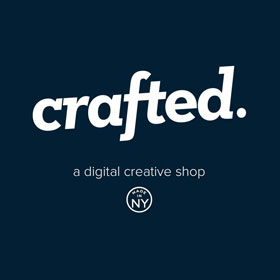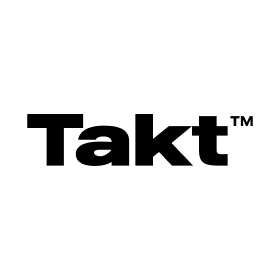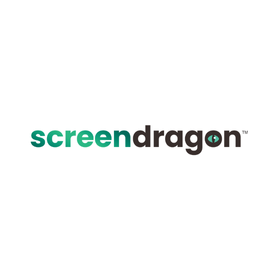
5 Must-Know UI/UX Trends for Future-Proofing Your Medical Device Design
According to Statista, digital healthcare is surging forward, fueled by a global investment projected to exceed $34 billion by 2025. This influx is driving a wave of promising healthcare trends, all with one guiding star: creating a seamless and empowering patient experience through intuitive interfaces.
Medical devices, once seen as complex tools, now face a crucial design challenge. Patients accustomed to user-friendly smartphones expect the same level of intuitiveness from their health equipment. This bridge lies in meticulous UI/UX design, transforming devices from tools into powerful health partners.
This future-proofed approach prioritizes ease of use, clear communication, and unwavering patient safety to foster positive relationships with their health. By placing user-centric design at the heart of development, we pave the way for a future where technology enhances diagnoses, treatments, and experiences for both patients and healthcare professionals.
Staying Ahead of the Curve: Key Trends in Medical Device Design
In order to stay competitive and meet customer demands, it is critically important for medical device developers to stay tuned and follow all design and IT trends. After all, you need to provide a decent product to your customers that is better than your rivals have to offer. At Fuselab Creative, professional designers understand what it takes to develop a medical solution that enables speed, understanding, and accuracy. The journey to addressing customer needs is not always smooth, but with the right approach, you can reach your target.
Medical device makers are keen to match consumer expectations by adding new features and enhancing UI UX design for medical devices, which are at an all-time high. Let’s check the key trends that can help medical device makers build experiences that meet customer expectations and demands.
1. Skeuomorphic Design: Familiar Symbols for Intuitive Control
In rapidly developing medical technology, user interface (UI) and user experience (UX) design play a crucial role in ensuring patient safety and device efficacy. As we look towards the future, one such trend shines to reshape the way we interact with medical equipments: skeuomorphic design.

What is Skeuomorphic Design?
Skeuomorphism, the art of incorporating real-world elements into digital interfaces, might seem like a relic of the past. However, in the context of medical UI/UX, it holds surprising relevance. By leveraging our existing understanding of physical objects, skeuomorphic design can bridge the gap between cutting-edge technology and user comfort, ultimately leading to better healthcare outcomes.
- Universal understanding: Skeuomorphic symbols transcend language barriers, making interfaces accessible to a wider audience.
- Faster comprehension: Familiar icons can be processed more quickly than text, improving user efficiency.
- Enhanced user engagement: Visually appealing interfaces can create a more positive user experience.
Why is Skeuomorphic Design Important for Medical User Interfaces?
In healthcare, where clear communication and accurate action are vital, skeuomorphic design can play a crucial role:
- Reduced anxiety and errors: The calming presence of familiar design cues can ease patient anxiety during potentially stressful procedures. In return, it minimizes the risk of errors caused by confusion or discomfort.
- Enhanced communication and trust: Skeuomorphic elements bridge the gap between patients and healthcare providers by making medical technology appear less intimidating and more approachable. The optimal healthcare outcomes trust and open communication are critical.
- Improved accessibility: For users with dexterity limitations or visual impairments, skeuomorphic interfaces can be a game-changer. Raised textures on buttons, for example, provide essential tactile feedback, while familiar gauges might be easier to read than purely digital displays.
2. Interactive Virtual Reality: Immersive Training and Patient Care
Virtual Reality (VR) is transforming healthcare by creating immersive training simulations and engaging patient experiences. Doctors can practice complex procedures in a virtual environment, while patients can benefit from VR therapy for pain management, anxiety reduction, and even cognitive rehabilitation.
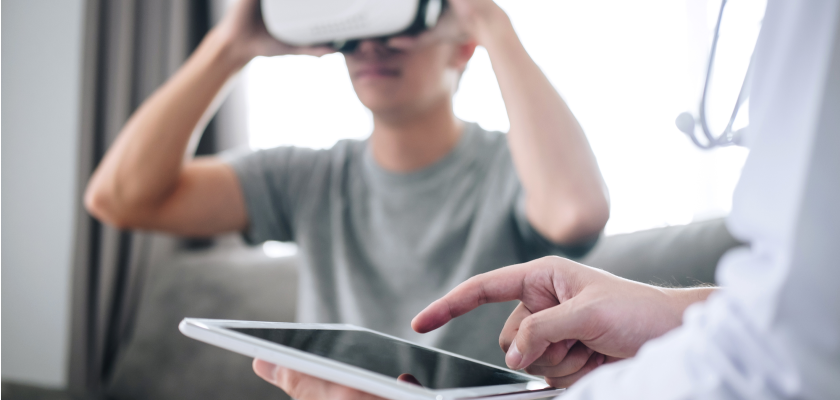
Potential Applications of VR in Medical Devices:
- Surgical training simulations: Enhance surgical skills and improve patient outcomes.
- Patient education and therapy: Immerse patients in simulated environments for effective treatment.
- Pain management and anxiety reduction: Provide distraction and relaxation techniques.
- Cognitive rehabilitation: Stimulate brain function and improve cognitive skills.
3. Interactive Chatbots: 24/7 Self-Service Support
Interactive chatbots are becoming increasingly popular in healthcare, offering patients 24/7 access to information and support. People prefer interactive healthcare UI software, and chatbots provide a simulation of the human aspect. Employees may concentrate on work that requires human interaction when chatbots perform tedious and repetitive tasks.
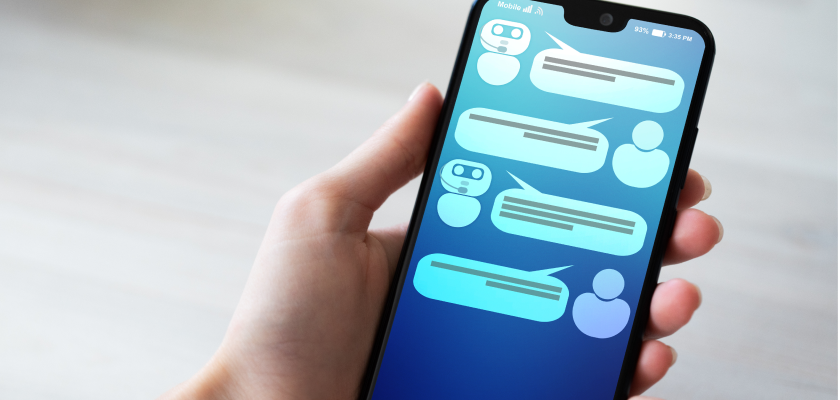
Benefits of Chatbots in Medical Devices:
- Improved patient satisfaction: Provide immediate assistance and reduce wait times.
- Reduced workload for healthcare professionals: Automate routine tasks and free up time for patient care.
- Accessibility: Offer 24/7 support regardless of location or language barriers.
4. Voice Interfaces: Hands-Free Control for Improved Efficiency
Voice interfaces are becoming increasingly helpful, whether on your phone, at home, or, more recently, in medical equipment. Voice interfaces, like interactive chatbots, provide patients and healthcare workers with another method to quickly and simply access information.
Hands-free usage is particularly beneficial for patients who may not be able to fully utilize their hands. Voice interfaces enable patients to access information and control functions hands-free, enhancing efficiency and safety. Similarly, healthcare professionals may operate technology via speech interfaces without having to put down their scalpels, needles, or forceps.
5. Customizable mHealth Apps: Personalized Care at Your Fingertips
Instead of the one-size-fits-all approach, healthcare is undergoing a digital revolution, with personalized experiences taking center stage. While traditional methods still hold their ground, the wave of digitized healthcare applications is cresting, offering personalized experiences that tailor content and treatment plans to individual users. This patient-centric approach, driven by UX design focused on customization, fosters deeper user engagement and fuels user satisfaction like never before.
At this point, mobile health applications are yet another option to improve information and functionality accessibility. Patients may utilize mHealth applications to manage their healthcare from almost any location. Customizable applications improve the user experience.
Benefits of Customizable mHealth Apps:
- Sending appointment reminders and permitting adjustments
- Providing drug recommendations or other resource updates
- Offering different notifications and other feature customization
- Allowing to track metrics of health and fitness on a mobile device
- Providing telemedicine video chat features
Make UX Design Your Secret Weapon for Future-Proof Medical Devices
As technology becomes increasingly integrated into the medical environment, user experience (UX) design has become the cornerstone of medical device success.. This is where top UX/UI design trends come into play, transforming devices from mere tools into powerful health partners.
By embracing the trends we have mentioned earlier and placing user-centric design at the core of development, medical device developers can create products that are not just technologically advanced but also human-centered. This is the key to unlocking the full potential of technology in healthcare, paving the way for a future where medical devices are not just tools, but trusted partners in the journey towards a healthier world.
Please be aware that the ultimate goal is not just to create innovative devices, but to create devices that make a positive impact on people’s lives. By prioritizing user needs and focusing on intuitive, accessible, and empowering design, we can ensure that medical technology truly serves its purpose.
Ready to take the next step? Let’s leverage the power of UX/UI design to build medical devices that are not just cutting-edge, but truly human-centered. Together, we can shape a future where technology empowers healthcare, improves lives, and paves the way for a healthier world.


